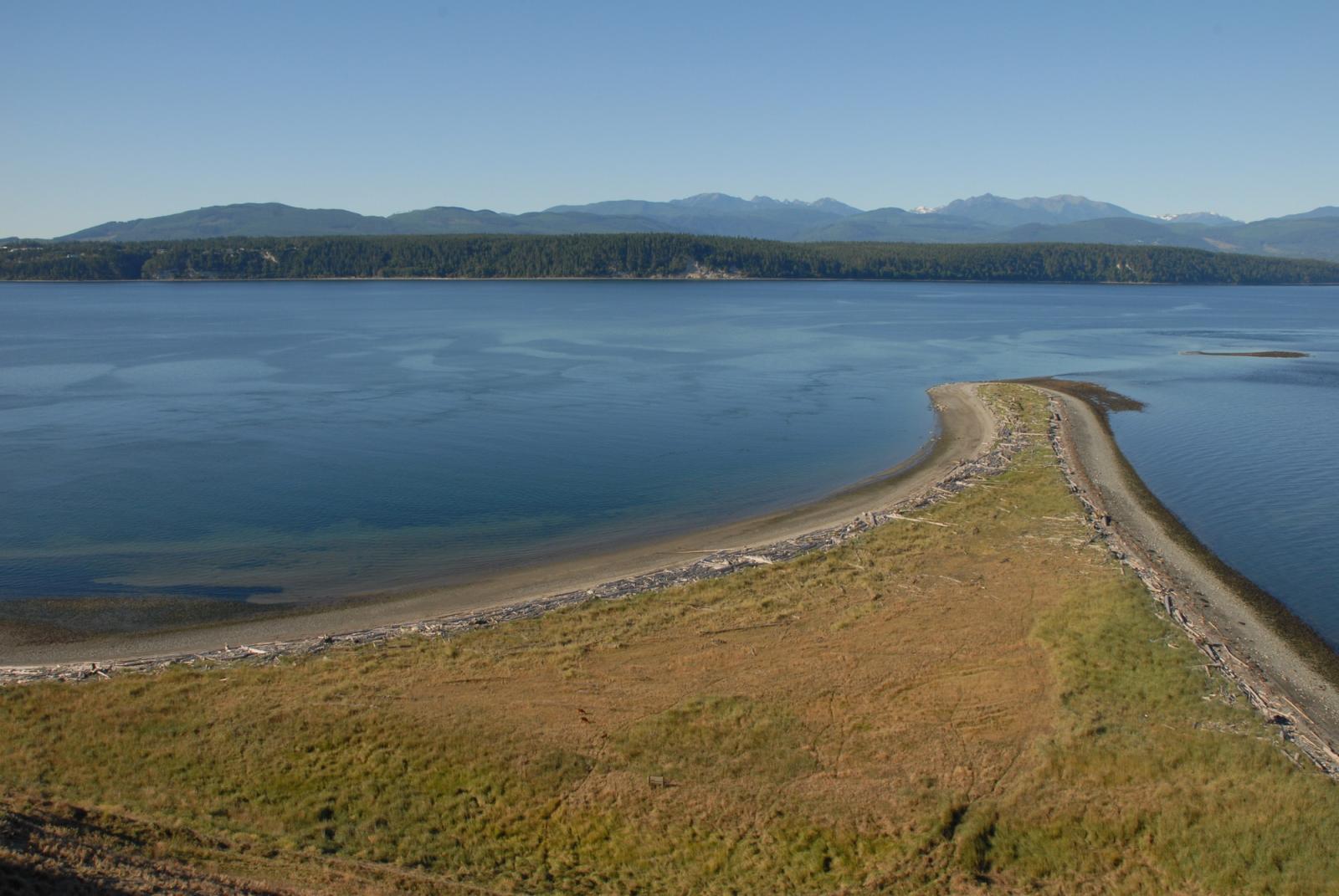This unit is closed to all public access in order to protect public resources.

The Zella Schultz Unit, the state's first non-game sanctuary, protects important seabird nesting colonies on Protection Island. The WDFW unit, in the southwest corner of the island, is adjacent to the Protection Island National Wildlife Refuge, which makes up most of the island and is managed by U.S. Fish and Wildlife Service (USFWS).
Zella Schultz was a seabird biologist and ardent conservationist, who was instrumental in efforts to protect the island. The island is closed to public access, and boaters are asked to stay 200 yards from the island to avoid flushing marine mammals and birds
Protection Island is in the south-eastern Strait of Juan de Fuca, off the mouth of Discovery Bay. The island is 2 miles north of Diamond Point and 7 miles west of Port Townsend in Jefferson County.
The Zella Schultz Unit contains Kanem Spit—a sand-gravel extension of coastal beach habitat with abundant driftwood logs. The site also contains steep erosional cliff and grass-covered bluffs. Along the northern bluff are windswept sand dunes.
This unit is part of the North Olympic Wildlife Area.
Game Management Unit: 624
Conservation
Protection Island is the most important site in the Salish Sea for nesting marine birds. It has one of the largest rhinoceros auklet colonies in the world, with approximately 36,000 auklet nesting-burrows—the greatest density being on the island's south slopes. The island is also one of two remaining nesting sites in the Salish Sea for the state-listed endangered tufted puffin. Other nesting marine birds include glaucous-winged gulls, pigeon guillemots, pelagic cormorants, and black oystercatchers. Kanem Spit, on the southwest corner of the unit, is a haul-out site for elephant seals and harbor seals—plus is an important pupping site for the latter. The island is an ideal location for conducting research that helps protect the important nesting seabirds and their habitats.
Special habitats and species
Island habitats are uncommon and unique. Separated from the mainland and surrounded by water, Protection Island has limited human disturbance, and apart from river otters, is mostly free of mammalian predators. The island supports wildlife species not present elsewhere. Soil conditions are suitable for burrow-nesting seabirds like the rhinoceros auklet, tufted puffin and pigeon guillemot.
Kanem Spit includes areas of native vegetation, like American dunegrass, beach pea, and red fescue.
Conservation goals
- Protect and maintain island habitat in coordination with USFWS, including minimizing human disturbance
Island habitats are uncommon and unique. Separated from the mainland and surrounded by water, Protection Island has limited human disturbance, and apart from river otters, is mostly free of mammalian predators. The island supports wildlife species not present elsewhere. Soil conditions are suitable for burrow-nesting seabirds like the rhinoceros auklet, tufted puffin and pigeon guillemot.
Kanem Spit includes areas of native vegetation, like American dunegrass, beach pea, and red fescue.
- Protect and maintain island habitat in coordination with USFWS, including minimizing human disturbance
Land stewardship
The Zella Schultz Unit was acquired as a sanctuary for the protection of seabird colonies on the island.
Acquisition history
The parcels making up this area were purchased in 1974.
| Funder | Fund |
|---|---|
| WA Recreation and Conservation Office | State Bond Account |
Management planning
2010 North Olympic Wildlife Area Management Plan
Every eight to 10 years, the Washington Department of Fish and Wildlife (WDFW) revises management plans for each of its 33 wildlife areas to document current conditions, address new agency initiatives, and identify new management priorities and actions. In between those major revisions, WDFW updates plans every two years to outline short-term objectives and accomplishments. In 2014, WDFW began the process of updating existing plans, many of which were written in 2006. The new plans are being developed with significant public participation and input.